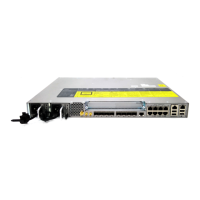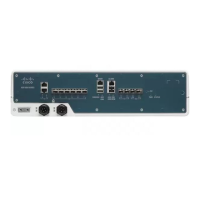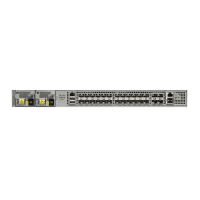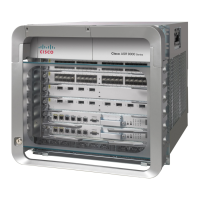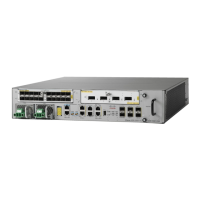Outward facing MEPs on port channels use the Bridge-Brain MAC address of the first member link. When
port channel members change, the identities of outward facing MEPs do not have to change.
An outward facing MEP performs the following functions:
•
Sends and receives CFM frames at its level via the wire connected to the port where the MEP is
configured.
•
Drops all CFM frames at its level (or at a lower level) that come from the direction of the relay function.
•
Processes all CFM frames at its level coming from the direction of the wire.
•
Drops all CFM frames at a lower level coming from the direction of the wire.
•
Transparently forwards all CFM frames at levels higher than the level of the outward facing MEP,
independent of whether they come in from the relay function side or the wire side.
•
If the port on which the outward MEP is configured is blocked by the Spanning-Tree Protocol, the MEP
can still transmit and receive CFM messages via the wire.
Maintenance Intermediate Points
MIPs have the following characteristics:
•
Per maintenance domain (level) and for all S-VLANs enabled or allowed on a port.
•
Internal to a domain, not at the boundary.
•
CFM frames received from MEPs and other MIPs are cataloged and forwarded, using both the wire and
the relay function.
•
All CFM frames at a lower level are stopped and dropped, independent of whether they originate from
the wire or relay function.
•
All CFM frames at a higher level are forwarded, independent of whether they arrive from the wire or
relay function.
•
Passive points respond only when triggered by CFM traceroute and loopback messages.
•
Bridge-Brain MAC addresses are used.
If the port on which a MIP is configured is blocked by Spanning-Tree Protocol, the MIP cannot receive CFM
messages or relay them toward the relay function side. The MIP can, however, receive and respond to CFM
messages from the wire.
A MIP has only one level associated with it and the command-line interface (CLI) does not allow you to
configure a MIP for a domain that does not exist.
The figure below illustrates MEPs and MIPs at the operator, service provider, and customer levels.
Carrier Ethernet Configuration Guide (Cisco ASR 920 Series)
130
Configuring Ethernet Connectivity Fault Management in a Service Provider Network
Maintenance Point
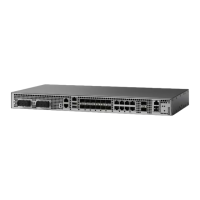
